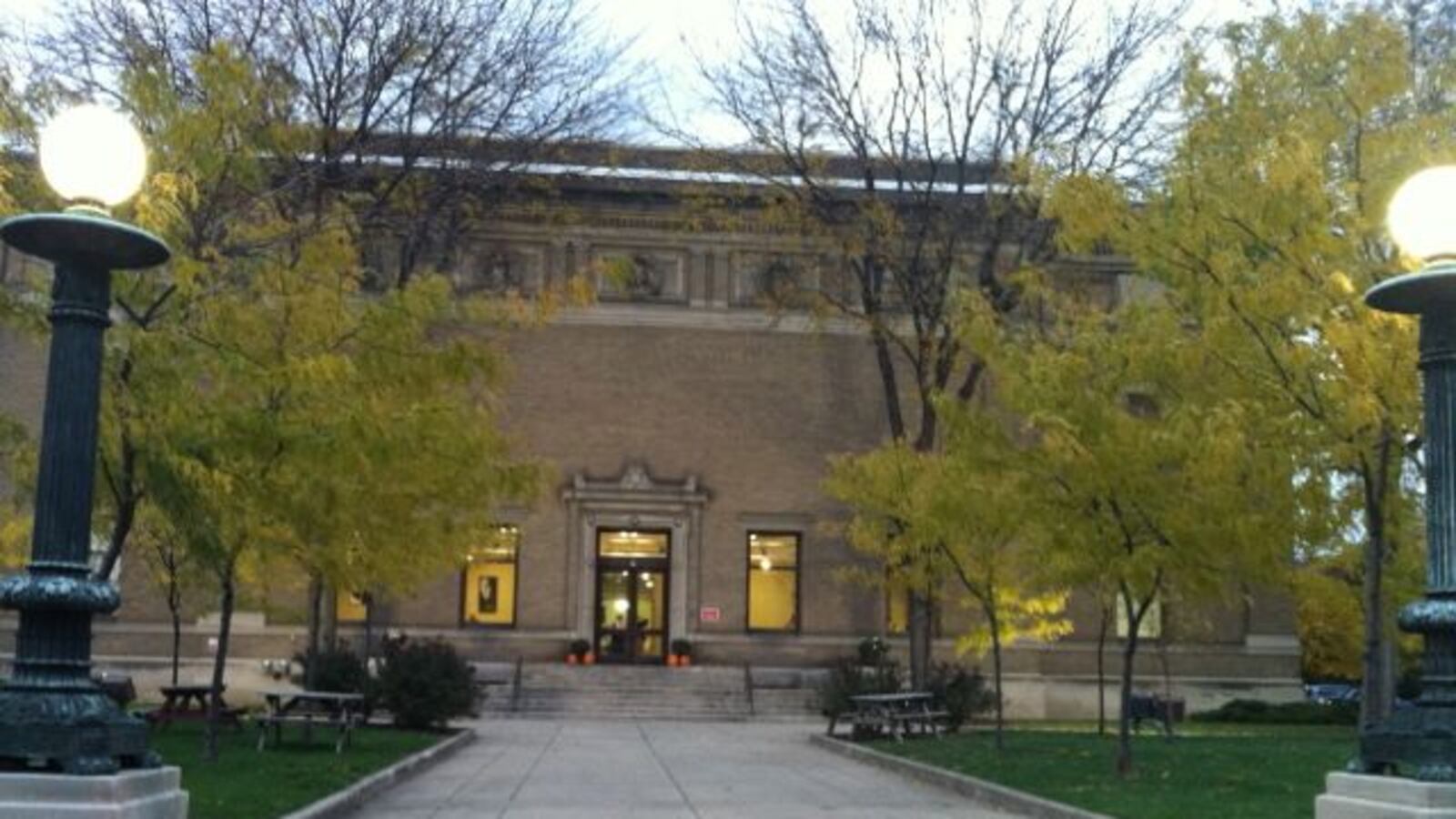One of Indianapolis’ most sought after charter high schools just joined Indianapolis Public Schools — an unusual shift in a relationship that has long been competitive.
The IPS board voted to add Herron High School, a charter school on the northside, to the district portfolio of innovation schools at a meeting Thursday. Board member Elizabeth Gore was the only one to oppose the measure.
The move is the latest example of district collaboration with charter schools, which were seen in the past as rivals for students.
“Way back at the beginning, there was this huge animosity between IPS and charter schools,” said Herron board chair Joanna Taft, who has been involved with the school since it opened in 2006. “It’s really exciting to be able to see the charter schools and public schools start coming together.”
Herron and a second campus expected to open this fall, Riverside High School, are now under the IPS umbrella, but the schools still retain virtually all of their independence. The teachers are employed directly by the charter network and are not part of the IPS union. And unlike most innovation schools, neither campus is in an IPS building.
The deal offers the charter schools an influx of cash and extra control over which neighborhoods they serve. IPS will add well-regarded schools to the list of high schools on its books, and it will get credit for Herron’s test scores and other academic outcomes when the district is assessed by the state.
Superintendent Lewis Ferebee said the district wanted to add Herron to the innovation network so the classical liberal arts curriculum is available to more IPS students.
“The access to the classical model, which currently doesn’t exist in our district and … has a strong track record of success is obviously appealing to us,” Ferebee said. “We want to ensure that we give our students access to this option.”
Both Herron and Riverside are located within the boundaries of IPS, but the schools also draw students from nearby township and suburban communities. About half the students who attend Herron live in IPS boundaries, said Taft.
The school, which regularly ranks among the top Indiana high school, has historically drawn high-achieving students from IPS. But it has faced criticism for having student demographics that don’t mirror the community. Herron enrolls about 35 percent students of color, compared to about 80 percent of IPS students. Additionally, about 32 percent of Herron students are poor enough to get subsidized meals, less than half the rate in IPS.
Because IPS educates so many poor students, it gets more money from the state. Next year, the district is expected to receive a base rate of nearly $7,000 per student from the state, while Herron will receive about $5,500. Under the agreement approved tonight, IPS will give Herron and Riverside $6,000 per student next year.
If the school’s demographics fit the projections from the state, the district would be giving the charter schools more than $475,000 on top of what they would normally get from the state.
Herron leaders are taking steps to increase the number of low-income students they serve, said Taft. In addition to joining the innovation network, Herron will participate in EnrollIndy, a planned unified enrollment system that will allow students to apply to Herron and other charter schools through the same website as IPS schools.
Ferebee also said joining the new enrollment system should help increase the number of low-income students at the schools.
“We have been very intentional with this agreement around ensuring that the student population with these schools mirror as much as possible our IPS population,” said Ferebee.
As innovation network schools, Herron and Riverside will also be able to give students from the surrounding neighborhoods first dibs on seats at the schools, which could increase the number of students who live within IPS boundaries. (With a few exceptions, charter schools are required to admit students by lottery.)
That was one of the most important reasons Herron wanted to join the innovation network, said Taft. Riverside staff have been working closely with neighborhood leaders around the new campus, and they wanted to be able to give local students priority in admission.
That’s an attractive prospect for board member Kelly Bentley, because the nearby students who will get an edge come from within the IPS boundaries.
“I think that Herron is an excellent academic program,” she said. “I’m really excited that our students will have a better chance of getting into that program.”

